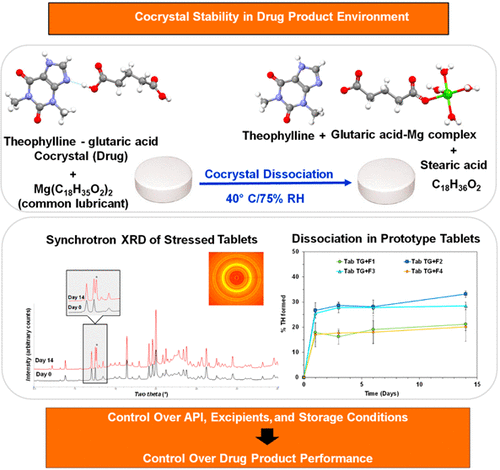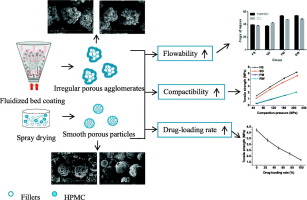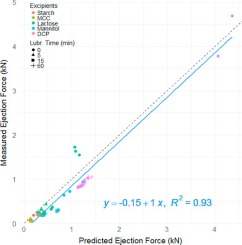- Home
- Blog
- News
- Basics
- Sources
- Agencies, Regulatory & Organisations
- CERSI Excipients Browser
- Excipient Report
- Excipient DMF List
- EXCiPACT Certified Companies
- Excipient Documentation
- Excipient EINECS Numbers
- Excipient E-Numbers
- FDA Inactive Ingredient List
- FDA GRAS Substances (SCOGS) Database
- IPEC Americas
- USP - U.S. Pharmacopeia
- Definitions
- Whitepapers / Publications
- Supplier
- Services
- Media
- Events
- 1st pharmaexcipients Poster Award
- Event Calendar
- Events featured by pharma-excipients
- 4th Annual Formulation & Drug Delivery Congress
- DDF Summit
- ExcipientFest Americas
- ExcipientFest Asia
- Global CompliancePanel
- International Conference and Exhibition on Pharmaceutics & Novel Drug Delivery Systems
- Formulation & Drug Delivery USA Congress
- Laboratory Medicine 2018
- Making Pharmaceuticals Europe
- Making Pharmaceuticals Exhibition
- Pharma Integrates
- PharmaExcipients China @CPhI China
- TTC Technology Training Center
- Jobs
- Online Sourcing
- Contact
18. July 2018
Tablets containing a theophylline–glutaric acid (TG) cocrystal dissociated rapidly forming crystalline theophylline (20–30%), following storage at 40 °C/75% RH for 2 weeks. Control tablets of TG cocrystal containing no excipients were stable under the same conditions. The dissociation reaction was water-mediated, and the theophylline concentration (the dissociation product), monitored by synchrotron X-ray diffractometry, was strongly influenced by the formulation composition. Investigation...
20. June 2018
Itraconazole is a fungicide drug which has low bioavailability due to its poor water solubility. Amorphous solid dispersion (ASD) is a tool that has the potential to greatly increase the dissolution rate and extent of compounds. In this work, the dissolution of tablets containing the ASD of itraconazole with either hydroxypropyl methylcellulose (HPMC) or vinylpyrrolidone-vinyl acetate copolymer (PVPVA) was compared in order to find a formulation which can prevent the drug from the precipitation...
30. April 2018
There is a demand in the market to exchange Magnesium Stearate with a Clean Label Lubricant for use in tableting and capsule filling. Pharmaexcipients.com offers the access to the tabletting & compaction experts at BIOGRUND US, Sterling VA. They put together a tailored ready to use tableting compound with high benefits under the name of CompactCel(r) LUB.
19. April 2018
Excipients are materials added along with therapeutic agents; and incompatibility between excipients and therapeutic agents affect the final outcome of the product. Aspirin is an ester and is prone to hydrolysis. This study focus on the effect of magnesium stearate as an excipient on stability of aspirin in granules. For that an accelerated degradation study was done on aspirin-magnesium stearate containing granules. For that, aspirin containing granules were sequentially mixed with increasing...
11. April 2018
This study aimed to develop novel co-processed tablet fillers based on the principle of particle engineering for direct compaction and to compare the characteristics of co-processed products obtained by fluid-bed coating and co-spray drying, respectively. Water-soluble mannitol and water-insoluble calcium carbonate were selected as representative fillers for this study. Hydroxypropyl methylcellulose (HPMC), serving as a surface property modifier, was distributed on the surface of primary filler...
09. April 2018
Pharmaceutical powders can exhibit markedly different tablet ejection forces. The purpose of this study is to understand the factors leading to the variability of the tablet ejection force and its sensitivity to lubrication. The study showed that the tablet ejection force is mainly governed by 1) tablet diameter and thickness, 2) compact-die wall friction coefficient, and 3) residual die wall stress upon ejection; the latter was further controlled by the maximum compression pressure, as well as...
17. March 2018
Near infrared (NIR) spectroscopy was used to determine the drug concentration in 3% (w/w) acetaminophen blends within the complex flow regime of the tablet press feed frame just before tablet compaction. NIR spectra also provided valuable information on the powder flow behavior within the feed frame and were used to track when a process enters or leaves the steady state.
26. February 2018
Nine common excipients were examined to determine their ability to cause disproportionation of the HCl salt of a a weakly basic compound. The goal was to determine which excipients were problematic and correlate the results to known properties such as surface pH, slurry pH, or molecular structure. Such a correlation enables a general, simple excipient selection process.
26. February 2018
As an essential formulation component for large-scale tablet manufacturing, the lubricant preserves tooling by reducing die-wall friction. Unfortunately, lubrication also often results in adverse effects on tablet characteristics, such as prolonged disintegration, slowed dissolution, and reduced mechanical strength. Therefore, the choice of lubricant and its optimal concentration in a tablet formulation is a critical decision in tablet formulation development to attain low die-wall friction...
13. February 2018
As an essential formulation component for large-scale tablet manufacturing, the lubricant preserves tooling by reducing die-wall friction. Unfortunately, lubrication also often results in adverse effects on tablet characteristics, such as prolonged disintegration, slowed dissolution, and reduced mechanical strength.










